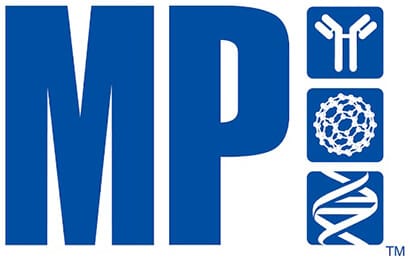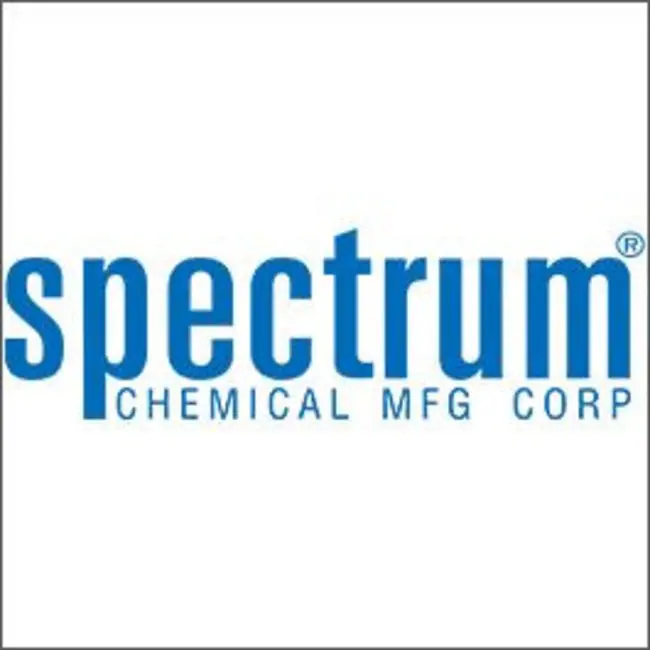Ambient
Showing 67301–67350 of 166681 results
-
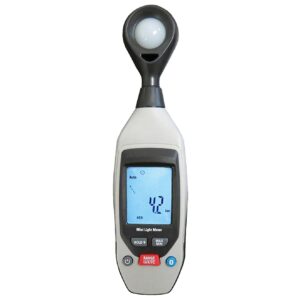
Bluetooth Light Meter
$109.17 Add to cart View Product DetailsBluetooth Light Meter
-
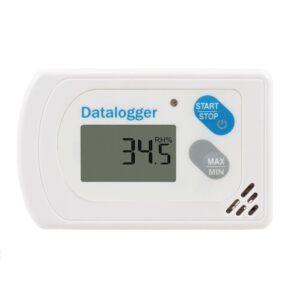
Bluetooth Relative Humidity / Temperature / Pressure Logger
$138.40 Add to cart View Product DetailsBluetooth Relative Humidity / Temperature / Pressure Logger
-
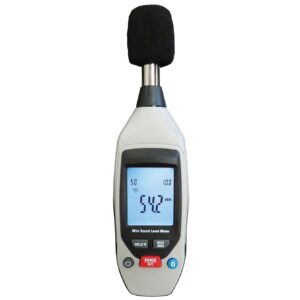
Bluetooth Sound Meter
$123.79 Add to cart View Product DetailsBluetooth Sound Meter
-
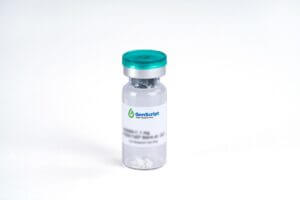
BMP-2, Human
$1,569.75 Add to cart View Product DetailsHuman Bone Morphogenetic Protein-2 (BMP-2) is a bone-growth regulatory factor and belongs to the transforming growth factor-beta (TGF-beta) superfamily. Human Bone Morphogenetic Protein-2 (BMP-2) is synthesized as large precursor molecule (Met1-Arg396, with a signal peptide from Met1 to Gly23), propeptide (Leu24-Arg282) of which is cleaved by PCSK5 (Proprotein Convertase Subtilisin/Kexin type 5). The active form consists of a dimer of two identical proteins which are linked by a disulfide bond at Cys360. It plays an important role in the development of bone and cartilage, cardiac cell differentiation and epithelial to mesenchymal transition. It is also involved in the hedgehog pathway, TGF-beta signaling pathway, and in cytokine-cytokine receptor interaction.
-
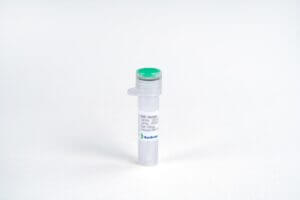
BMP-2, Human
$86.25 Add to cart View Product DetailsHuman Bone Morphogenetic Protein-2 (BMP-2) is a bone-growth regulatory factor and belongs to the transforming growth factor-beta (TGF-beta) superfamily. Human Bone Morphogenetic Protein-2 (BMP-2) is synthesized as large precursor molecule (Met1-Arg396, with a signal peptide from Met1 to Gly23), propeptide (Leu24-Arg282) of which is cleaved by PCSK5 (Proprotein Convertase Subtilisin/Kexin type 5). The active form consists of a dimer of two identical proteins which are linked by a disulfide bond at Cys360. It plays an important role in the development of bone and cartilage, cardiac cell differentiation and epithelial to mesenchymal transition. It is also involved in the hedgehog pathway, TGF-beta signaling pathway, and in cytokine-cytokine receptor interaction.
-

BMP-2, Human
$263.06 Add to cart View Product DetailsHuman Bone Morphogenetic Protein-2 (BMP-2) is a bone-growth regulatory factor and belongs to the transforming growth factor-beta (TGF-beta) superfamily. Human Bone Morphogenetic Protein-2 (BMP-2) is synthesized as large precursor molecule (Met1-Arg396, with a signal peptide from Met1 to Gly23), propeptide (Leu24-Arg282) of which is cleaved by PCSK5 (Proprotein Convertase Subtilisin/Kexin type 5). The active form consists of a dimer of two identical proteins which are linked by a disulfide bond at Cys360. It plays an important role in the development of bone and cartilage, cardiac cell differentiation and epithelial to mesenchymal transition. It is also involved in the hedgehog pathway, TGF-beta signaling pathway, and in cytokine-cytokine receptor interaction.
-

BMP-4, Human
$2,596.13 Add to cart View Product DetailsHuman BMP-4 is one of at least 15 structurally and functionally related BMPs, which are members of the transforming growth factor β (TGF-β) superfamily. BMPs were originally identified as protein regulators of cartilage and bone formation. However, they havesince been shown to be involved in embryogenesis and morphogenesis of various tissues and organs. BMPs have also been shown to regulate the growth, differentiation, chemotaxis and apoptosis of various cell types, including mesenchymal cells, epithelial cells, hematopoietic cells and neuronal cells. BMP-4 is synthesized as large precursor molecules which are cleaved by proteolytic enzymes. The active form can consist of a dimer of two identical proteins or a heterodimer of two related bone morphogenetic proteins.
-

BMP-4, Human
$155.25 Add to cart View Product DetailsHuman BMP-4 is one of at least 15 structurally and functionally related BMPs, which are members of the transforming growth factor β (TGF-β) superfamily. BMPs were originally identified as protein regulators of cartilage and bone formation. However, they havesince been shown to be involved in embryogenesis and morphogenesis of various tissues and organs. BMPs have also been shown to regulate the growth, differentiation, chemotaxis and apoptosis of various cell types, including mesenchymal cells, epithelial cells, hematopoietic cells and neuronal cells. BMP-4 is synthesized as large precursor molecules which are cleaved by proteolytic enzymes. The active form can consist of a dimer of two identical proteins or a heterodimer of two related bone morphogenetic proteins.
-

BMP-7, Human
$5,037.00 Add to cart View Product DetailsHuman BMP-7 is one of at least 15 structurally and functionally related BMPs, which are members of the transforming growth factor β (TGF-β) superfamily. BMPs were originally identified as protein regulators of cartilage and bone formation. However, they havesince been shown to be involved in embryogenesis and morphogenesis of various tissues and organs. BMPs have also been shown to regulate the growth, differentiation, chemotaxis and apoptosis of various cell types, including mesenchymal cells, epithelial cells, hematopoietic cells and neuronal cells. BMP-7 is synthesized as large precursor molecules which are cleaved by proteolytic enzymes. The active form can consist of a dimer of two identical proteins or a heterodimer of two related bone morphogenetic proteins.
-

BMP-7, Human
$155.25 Add to cart View Product DetailsHuman BMP-7 is one of at least 15 structurally and functionally related BMPs, which are members of the transforming growth factor β (TGF-β) superfamily. BMPs were originally identified as protein regulators of cartilage and bone formation. However, they havesince been shown to be involved in embryogenesis and morphogenesis of various tissues and organs. BMPs have also been shown to regulate the growth, differentiation, chemotaxis and apoptosis of various cell types, including mesenchymal cells, epithelial cells, hematopoietic cells and neuronal cells. BMP-7 is synthesized as large precursor molecules which are cleaved by proteolytic enzymes. The active form can consist of a dimer of two identical proteins or a heterodimer of two related bone morphogenetic proteins.
-
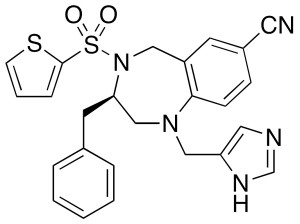
BMS 214662
$199.24 Add to cart View Product DetailsMolecular Formula : C25H23N5O2S2
-
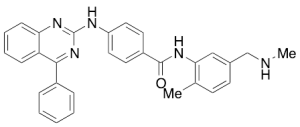
BMS 833923
$56.06 Add to cart View Product DetailsMolecular Formula : C30 H27 N5 O
-

BMS 833923
$171.64 Add to cart View Product DetailsMolecular Formula : C30 H27 N5 O
-

BMS 833923
$463.16 Add to cart View Product DetailsMolecular Formula : C30 H27 N5 O
-
BMS-986020
$116.44 Add to cart View Product DetailsMolecular Formula : C29H26N2O5
-
BMS-986020
$451.09 Add to cart View Product DetailsMolecular Formula : C29H26N2O5
-
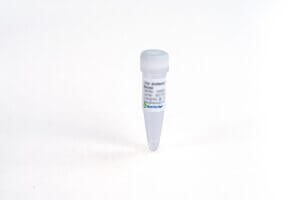
BNP (13C1), mAb, Mouse
$196.65 Add to cart View Product DetailsBNP and NT-proBNP are separated from precursor molecule proBNP via proteolytic processing. The BNP and NT-proBNP level in blood are proportional to the severity of cardiac dysfunction. It can be used for diagnosis of congestive heart failure (CHF).
-

BNP (13C1), mAb, Mouse
$1,966.50 Add to cart View Product DetailsBNP and NT-proBNP are separated from precursor molecule proBNP via proteolytic processing. The BNP and NT-proBNP level in blood are proportional to the severity of cardiac dysfunction. It can be used for diagnosis of congestive heart failure (CHF).
-

BNP (13C1), mAb, Mouse
$16,732.50 Add to cart View Product DetailsBNP and NT-proBNP are separated from precursor molecule proBNP via proteolytic processing. The BNP and NT-proBNP level in blood are proportional to the severity of cardiac dysfunction. It can be used for diagnosis of congestive heart failure (CHF).
-

BNP (14D5), mAb, Mouse
$196.65 Add to cart View Product DetailsBNP and NT-proBNP are separated from precursor molecule proBNP via proteolytic processing. The BNP and NT-proBNP level in blood are proportional to the severity of cardiac dysfunction. It can be used for diagnosis of congestive heart failure (CHF).
-

BNP (14D5), mAb, Mouse
$1,966.50 Add to cart View Product DetailsBNP and NT-proBNP are separated from precursor molecule proBNP via proteolytic processing. The BNP and NT-proBNP level in blood are proportional to the severity of cardiac dysfunction. It can be used for diagnosis of congestive heart failure (CHF).
-

BNP (14D5), mAb, Mouse
$16,732.50 Add to cart View Product DetailsBNP and NT-proBNP are separated from precursor molecule proBNP via proteolytic processing. The BNP and NT-proBNP level in blood are proportional to the severity of cardiac dysfunction. It can be used for diagnosis of congestive heart failure (CHF).
-

BNP (60C5), mAb, Mouse
$196.65 Add to cart View Product DetailsBNP and NT-proBNP are separated from precursor molecule proBNP via proteolytic processing. The BNP and NT-proBNP level in blood are proportional to the severity of cardiac dysfunction. It can be used for diagnosis of congestive heart failure (CHF).
-

BNP (60C5), mAb, Mouse
$1,966.50 Add to cart View Product DetailsBNP and NT-proBNP are separated from precursor molecule proBNP via proteolytic processing. The BNP and NT-proBNP level in blood are proportional to the severity of cardiac dysfunction. It can be used for diagnosis of congestive heart failure (CHF).
-

BNP (60C5), mAb, Mouse
$16,732.50 Add to cart View Product DetailsBNP and NT-proBNP are separated from precursor molecule proBNP via proteolytic processing. The BNP and NT-proBNP level in blood are proportional to the severity of cardiac dysfunction. It can be used for diagnosis of congestive heart failure (CHF).
-

BNP, Human
$3,458.63 Add to cart View Product DetailsNatriuretic Peptide Precursor B acts as a cardiac hormone with a variety of biological actions including natriuresis, diuresis, vasorelaxation, and inhibition of renin and aldosterone secretion. It is thought to play a key role in cardiovascular homeostasis. Helps restore the body’s salt and water balance. Improves heart function.
-

BNP, Human
$439.88 Add to cart View Product DetailsNatriuretic Peptide Precursor B acts as a cardiac hormone with a variety of biological actions including natriuresis, diuresis, vasorelaxation, and inhibition of renin and aldosterone secretion. It is thought to play a key role in cardiovascular homeostasis. Helps restore the body’s salt and water balance. Improves heart function.
-

BNTX Maleate
$182.77 Add to cart View Product DetailsBNTX Maleate
-

BNTX Maleate
$292.12 Add to cart View Product DetailsBNTX Maleate
-
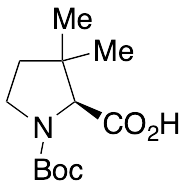
Boc-(2S)-3,3-dimethyl-2-pyrrolidenecarboxylic Acid
$166.46 Add to cart View Product DetailsMolecular Formula : C12 H21 N O4
-

Boc-(2S)-3,3-dimethyl-2-pyrrolidenecarboxylic Acid
$1,296.34 Add to cart View Product DetailsMolecular Formula : C12 H21 N O4
-

Boc-(S)-3-Amino-4-(2,4,5-trifluorophenyl)butyric Acid
$179.40 Add to cart View Product DetailsMolecular Formula : C15H18F3NO4
-

Boc-(S)-3-Amino-4-(2,4,5-trifluorophenyl)butyric Acid
$282.04 Add to cart View Product DetailsMolecular Formula : C15H18F3NO4
-
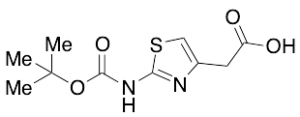
Boc-2-amino-4-thiazole Acetic Acid
$1,131.60 Add to cart View Product DetailsMolecular Formula : C10H14N2O4S
-
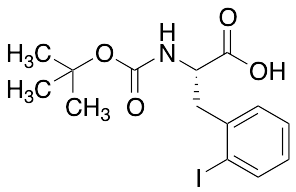
Boc-2-iodo-L-phenylalanine
$176.81 Add to cart View Product DetailsMolecular Formula : C14 H18 I N O4
-

Boc-3-(2-Naphthyl)-D-alanine
$56.06 Add to cart View Product DetailsMolecular Formula : C18H21NO4
-

Boc-3-(2-Naphthyl)-D-alanine
$111.26 Add to cart View Product DetailsMolecular Formula : C18H21NO4
-

Boc-3-(2-Naphthyl)-D-alanine
$166.46 Add to cart View Product DetailsMolecular Formula : C18H21NO4
-
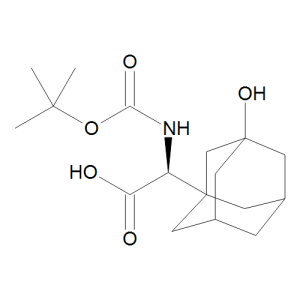
Boc-3-hydroxy-1-adamantyl-D-glycine
$80.21 Add to cart View Product DetailsMolecular Formula : C17 H27 N O5
-

Boc-3-hydroxy-1-adamantyl-D-glycine
$133.69 Add to cart View Product DetailsMolecular Formula : C17 H27 N O5
-
Boc-3,5-Diiodo-L-tyrosine
$43.13 Add to cart View Product DetailsMolecular Formula : C14H17NO5I2
-
Boc-4-azido-L-phenylalanine
$589.09 Add to cart View Product DetailsMolecular Formula : C14H18N4O4
-
Boc-4-benzoyl-L-phenylalanine
$66.41 Add to cart View Product DetailsMolecular Formula : C21H23NO5
-
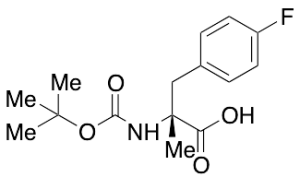
Boc-a-methyl-D-4-fluorophenylalanine
$116.44 Add to cart View Product DetailsMolecular Formula : C15H20FNO4
-
Boc-Ala-Osu
$43.13 Add to cart View Product DetailsMolecular Formula : C12H18N2O6
-
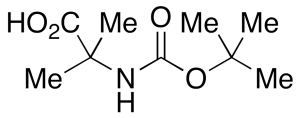
Boc-Alpha-Methylalanine
$132.83 Add to cart View Product DetailsMolecular Formula : C9H17NO4
-

Boc-Alpha-Methylalanine
$336.38 Add to cart View Product DetailsMolecular Formula : C9H17NO4
-
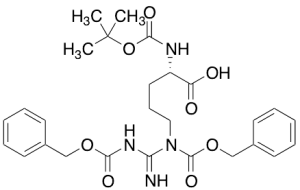
Boc-Arg(Z)2-OH
$50.89 Add to cart View Product DetailsMolecular Formula : C27H34N4O8
-

Boc-Arg(Z)2-OH
$67.28 Add to cart View Product DetailsMolecular Formula : C27H34N4O8
-

Boc-b-Ala-OH
$142.31 Add to cart View Product DetailsMolecular Formula : C8H15NO4



